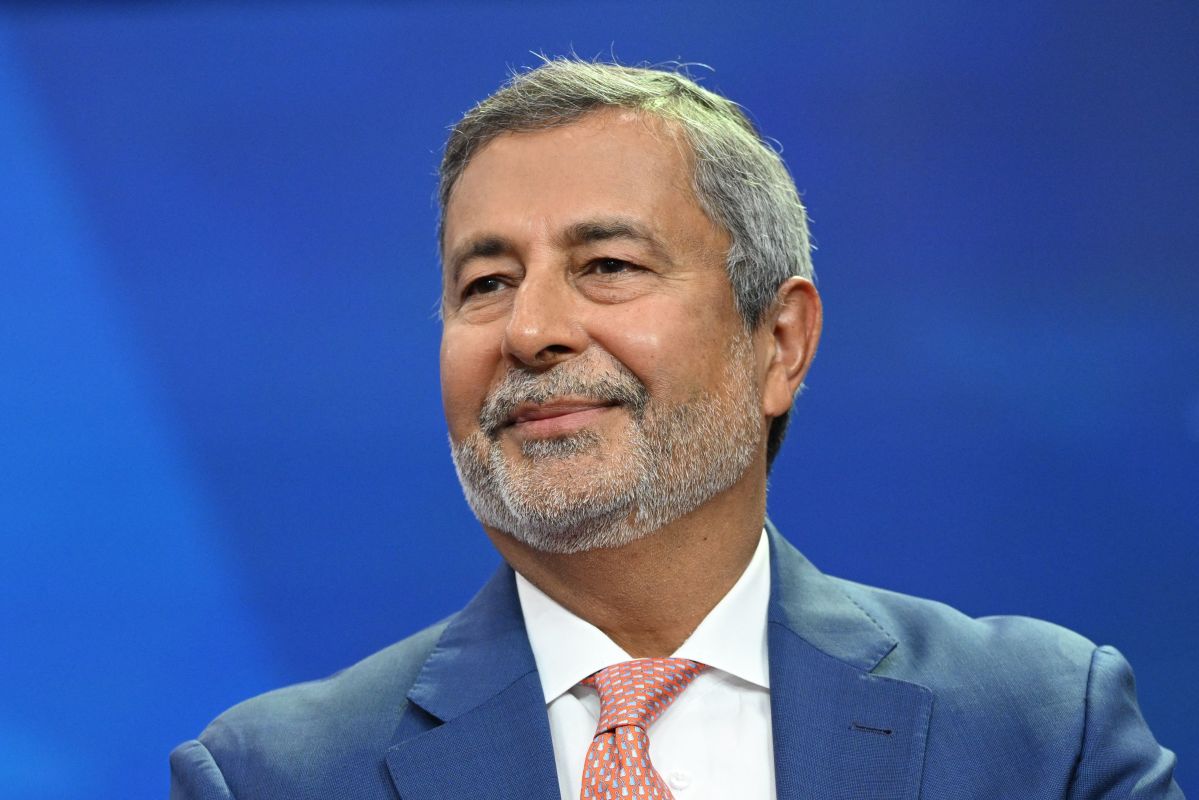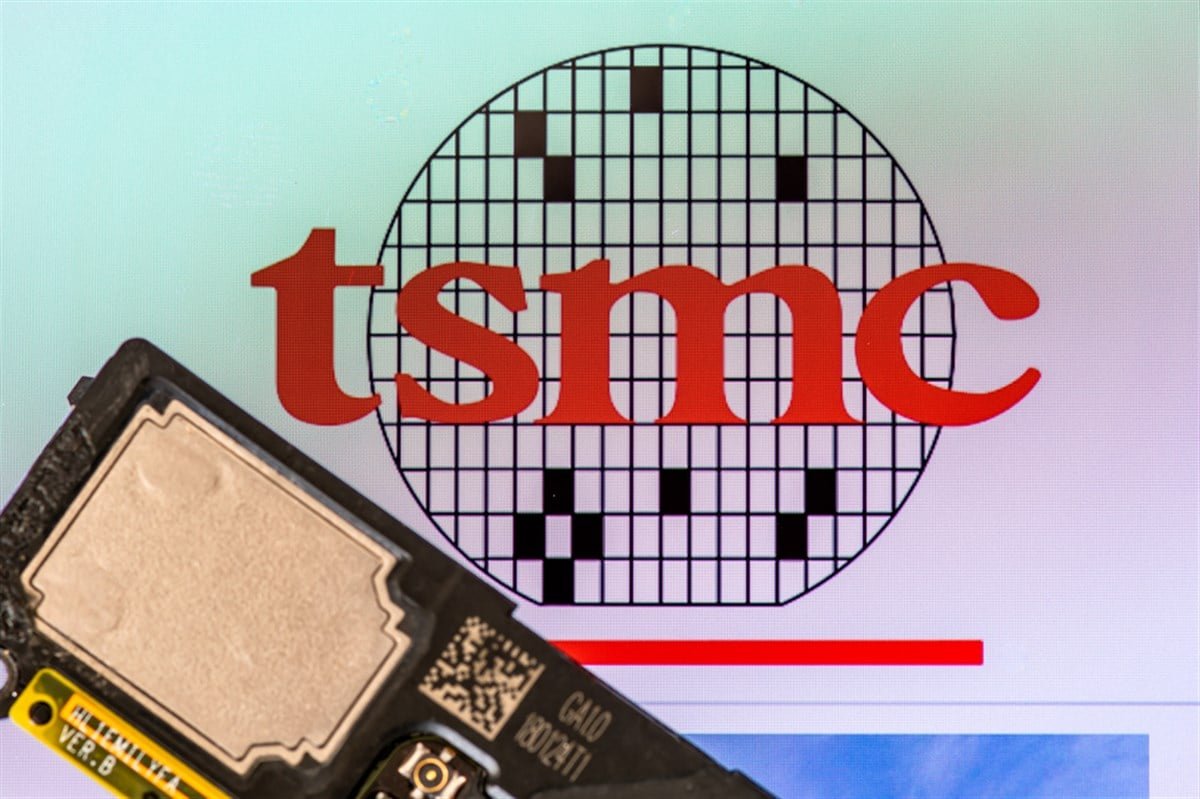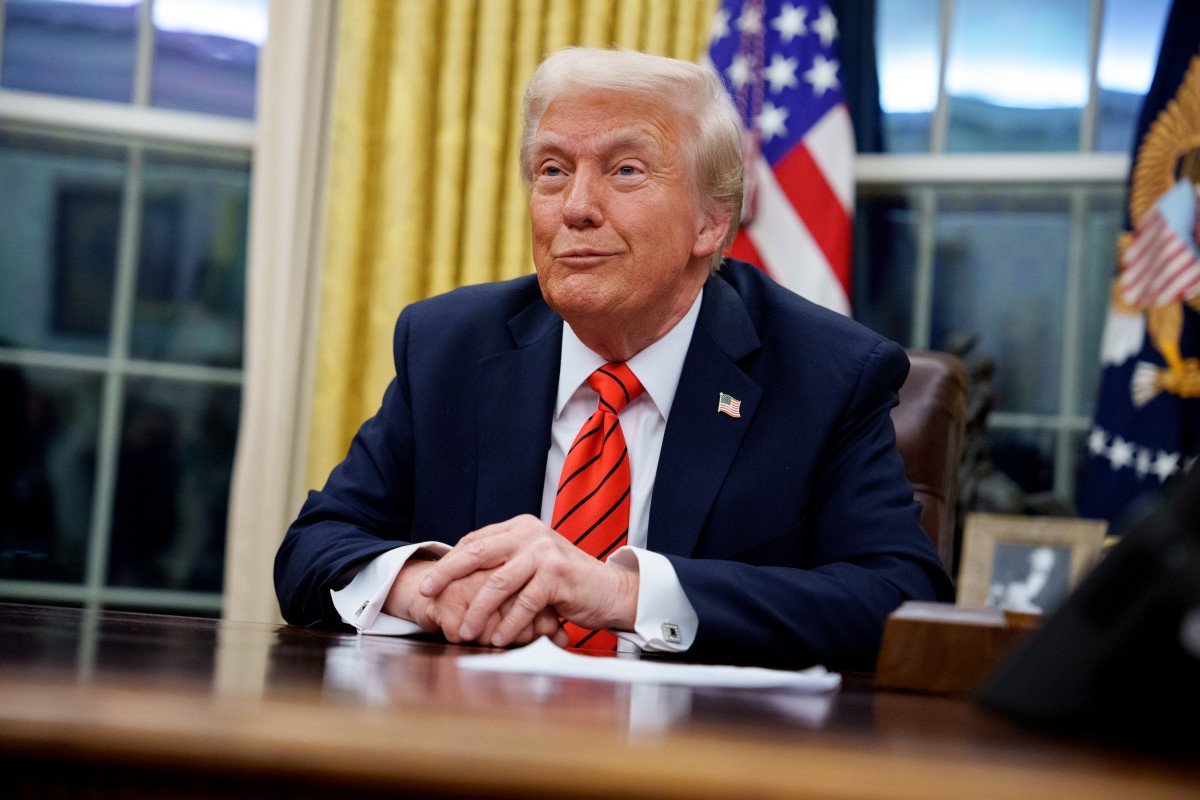
Nat King Cole had a memorable year in 1954.
That was when the legendary singer’s “Unforgettable” album went platinum, meaning it sold one million copies. The title song was later inducted into the Grammy Hall of Fame in 2000 for its cultural impact.
💵💰Don’t miss the move: Subscribe to TheStreet’s free daily newsletter 💰💵
Today, artificial intelligence is having a monstrous cultural impact on the world and it promises to play a much bigger role.
And memory — particularly the long-term kind — is a key element of AI growth, as it enables systems to recognize patterns, learn from historical data, and make behavior-based predictions.
There’s also a lot of money in memory.
The global memory market hit record revenue of $170 billion last year, according to market-research firm Yole Group.
DRAM, or Dynamic Random-Access Memory, the most common computer memory, led the way at about $97 billion, while NAND, a non-volatile flash memory for long-term data storage, pulled in roughly $68 billion.

Researcher: 2025 pivotal year for memory industry
After a historic downturn in 2022–2023, the memory industry is beginning a strong recovery, fueled by AI-training requirements at data centers, with HBM playing a pivotal role due to its premium pricing and performance advantages, the research firm said, (HBM is a form of DRAM used to make AI chipsets.)
That number is projected to reach $200 billion this year, with DRAM and NAND coming in at about $129 billion and $65 billion respectively.
More Tech Stocks:
- Is Oklo a high-risk, high-reward investment?
- Nvidia’s deal with OpenAI ‘looks a lot like financial theater’
- Quantum computing companies looking to finance the future
This year is pivotal “for the memory industry: The sector is delivering unprecedented revenue highs despite an environment of growing complexity and competition,” Yole said.
“AI continues to serve as the central growth engine, while strategic shifts in supply chains and technology roadmaps redefine the competitive landscape.”
Chinese players like ChangXin Memory Technologies and Yangtze Memory Technologies intensify global competition amid export controls and localization efforts, Yole said. Trade tensions with China have injected volatility into global supply chains, prompting users to pull their demand for chips forward.
YMTC is planning to expand into manufacturing DRAM chips, including advanced versions that are used to make artificial intelligence chipsets, Reuters reported on Sept. 25.
The move by the state-backed chipmaker underscores China’s growing urgency to boost its capability to produce advanced chips after the U.S. expanded export controls in December. The goal of the restrictions was to restrict Beijing’s access to high-bandwidth memory.
The biggest companies in the AI memory space are the HBM manufacturers SK Hynix of South Korea with 62% market share; Micron (MU) , Boise, Idaho, with 21%, and Samsung, also South Korea, which recently slipped to third place with 17%, according to data compiled by Counterpoint Research.
HBM is vital for performance-intensive applications like AI, high-performance computing, and graphics processing.
Analysts expect HBM revenue to double to roughly $34 billion this year from about $17 billion in 2024, as its role in AI infrastructure becomes increasingly critical.
Micron CEO: Trillions to be invested in AI
SK Hynix said in August that it expected the market for HBM chips used in AI to grow 30% annually until 2030, as cloud computing giants keep increasing their demand for AI.
The company said that Amazon (AMZN) , Microsoft (MSFT) , and Google (GOOGL) would likely spend even more on AI in the coming years, which will help boost demand for HBM chips.
Related: Bank of America revamps Micron stock price on earnings
Of course, if you want more memory, you’d better not forget your wallet.
Contract prices for both NAND and DRAM have jumped by an estimated 15% to 20% in the fourth quarter, according to numbers published by DigiTimes on Sept. 17, an off-season surge that has been linked directly to AI infrastructure buildouts and tight supply.
Micron recently posted better-than-expected fourth-quarter earnings and revenue. One of the winners in the AI boom, Micron shares have soared 92% this year and 72% from this time in 2024.
“Over the coming years, we expect trillions of dollars to be invested in AI, and a significant portion will be spent on memory,” Micron CEO Sanjay Mehrotra said during the company’s earnings call. “As the only U.S.-based manufacturer of memory, Micron is uniquely positioned to benefit from the AI opportunity ahead.”
Mehrotra told analysts that in addition to being a demand driver, “AI is also a powerful productivity driver for Micron, contributing to our strong competitive position and financial performance.”
“We are using AI throughout the company across product design, technology development, manufacturing, and other functional groups,” he said. “Our continued HBM assembly and test investments position us well to meet growing HBM capacity requirements in calendar 2026.”
TheStreet Pro’s Guilfoyle optimistic on Micron
After Micron posted its earnings report, TheStreet Pro’s Stephen Guilfoyle raised his price target on the company to $196 from $188.
“Micron is firing on all cylinders, at least all cylinders that matter right now, with the expansion of the AI environments driving this performance,” said Guilfoyle, whose career dates back to the floor of the New York Stock Exchange in the 1980s.
“While sales of NAND or flash memory chips are actually lower, demand for high-bandwidth memory and server DRAM chips are as hot as they have ever been,” he added.
“It has become apparent to at least this author that the sale of memory is no longer a cyclical, commodity-like business, but that there is now a memory-driven supercycle underway.”
Related: The stock market is being led by a new group of winners
RELATED POSTS
View all



